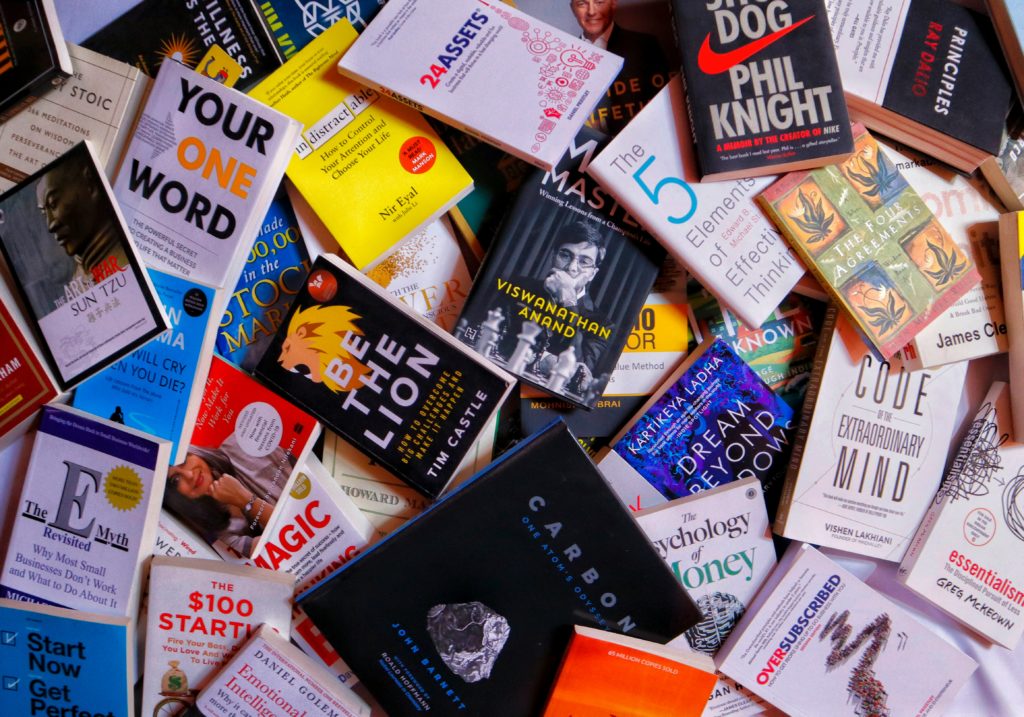‘What time is this meeting at?’
One of the things I’ve learned from working with clients, colleagues and even just keeping up with friends around the world is that often the hardest part is making sure we’re all talking about meeting at the same time.
Here are six practical tips if you’re struggling with time zones.
- Avoid abbreviations like CET, GMT. These can be confusing, particularly for people who don’t perhaps know whether they are GMT, BST, GMT+1 or who don’t perhaps often think about timezones. Using cities can be helpful but be sure to represent different countries or include all the countries where your participants are based. Better still, add a link to a tool like World Time Buddy so people can easily see what time the event is happening for them.
- Make sure you know about working days and weeks. Not everywhere in the world works Monday – Friday. Not everyone has the same working hours. Take a moment to check and clarify what is within different cultures and countries working day and week. How productive and constructive are we likely to be at 3 am on our day off?
- Ask yourself who is being flexible. Are you expecting everyone else around the world to accommodate your routine and time zone? If you are, I’d respectfully suggest that you might not be getting the best results from your meetings or your people. In today’s world, we all need to be flexible enough to take an occasional early/late call or meeting but if it’s routinely expected, particularly as an addition to their working day, then how much courtesy and respect are you showing to your colleagues or even your potential customers? To be successful globally, we all need to be a bit flexible. Alternating times can also work well here so that no timezone, country or individual is always the one struggling with the time.
- Acknowledge flexibility. Be timezone aware and acknowledge those who are attending at less than fabulous times for them. Say ‘thank you’ and acknowledge they are calling in outside their working hours or days.
- Work out who needs to be there. Does everyone on the invitation list need to attend ‘live’? Be clear about whether this is a mandatory meeting or an optional one. Think about who might be disadvantaged by not being able to attend or whose voice you’ll be missing because they’re asleep! Share whether there will be a recording to review after the live session. Share the actions immediately so that people know what they need to watch for in what might be a long video.
- Use alternative formats to get the job done. Does it have to be a meeting? Have you met anyone ever who says they have too few meetings in their diary? If you’re trying to build a truly global team or develop relationships across cultures, maybe there are better ways of working. In some cultures, a virtual meeting with lots of people may not be the preferred or most effective way of building relationships or doing business.
In addition to these practical suggestions, I encourage you to focus on being not just culturally sensitive, but culturally intelligent. Building your Cultural Intelligence (CQ) will help you be more effective across all the challenges that come with working across cultures and differences, whether they are in your timezone or someone else’s.
New training offers
If your team would like to become more effective in communicating and working across cultures, timezones and differences during 2025, my calendar is now open for half day or full day workshops. These blend my knowledge of cultural intelligence (CQ) with my decades of experience in comms & PR and living and working around the world. You can read reviews on the website.


